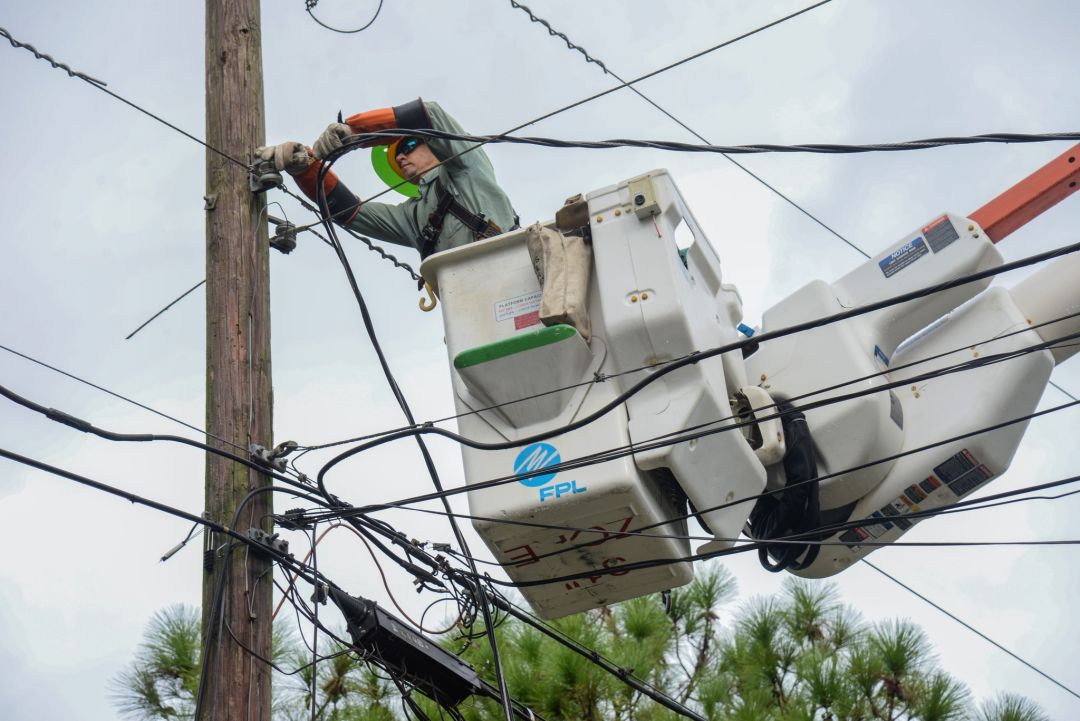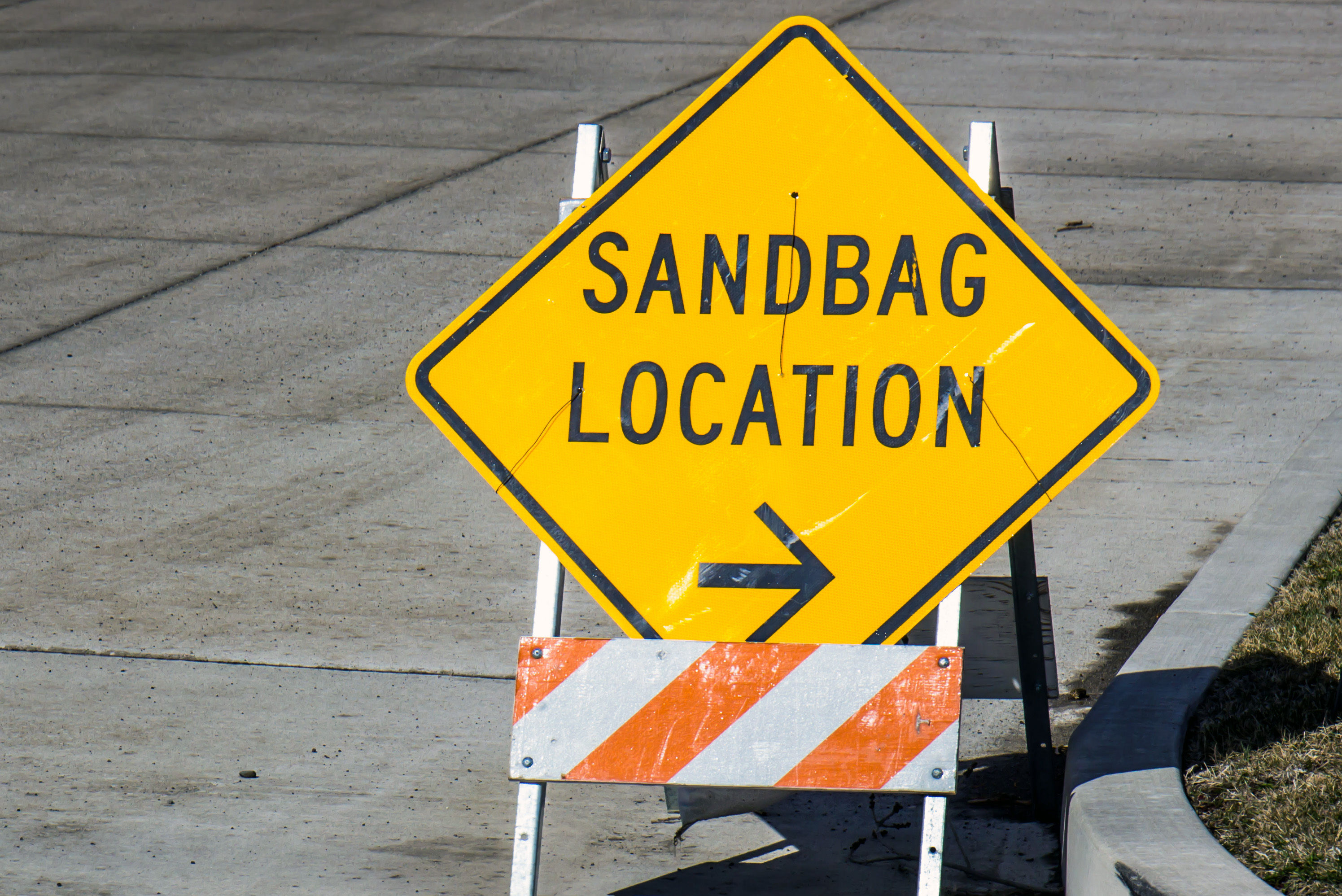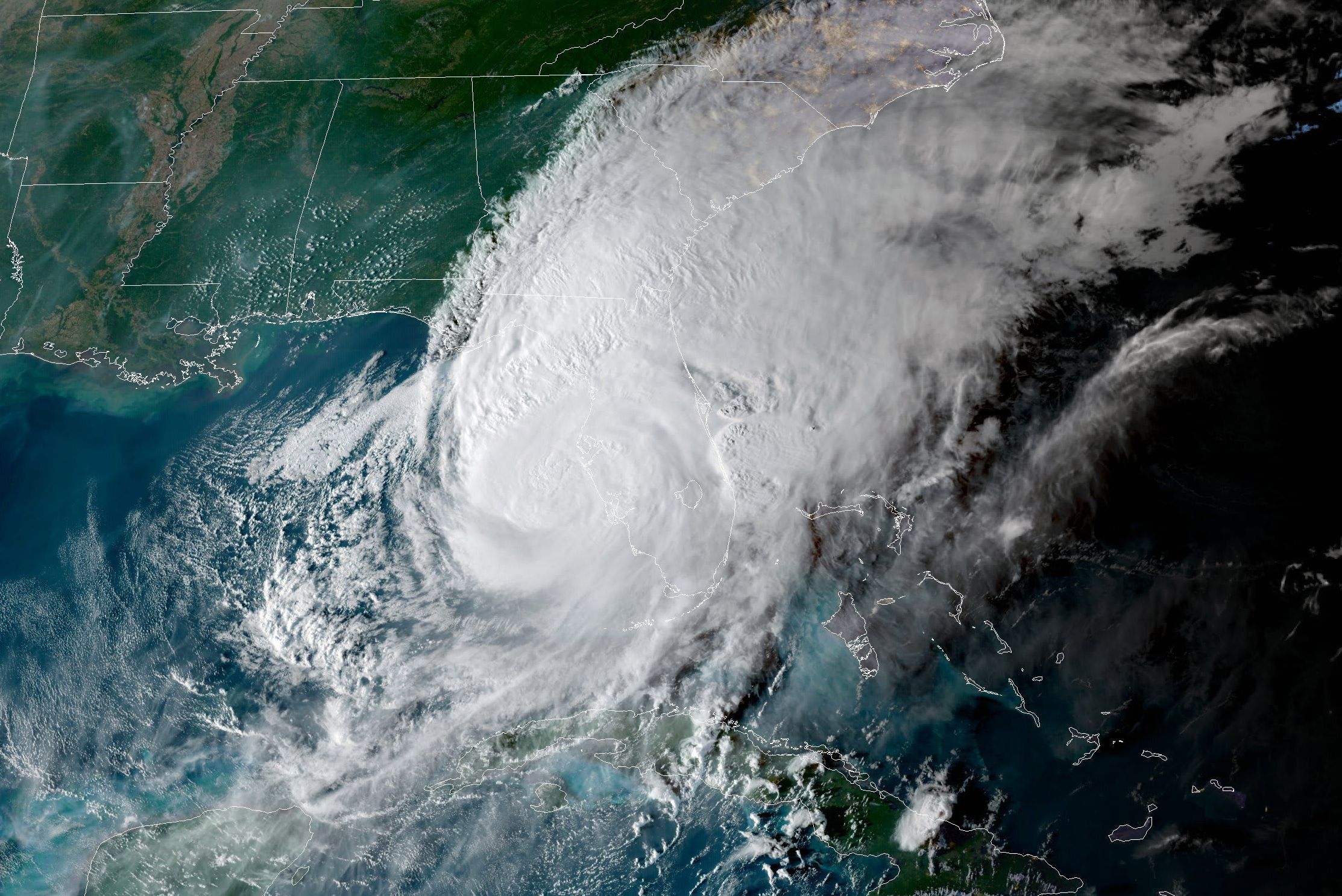Here's What FPL Will Be Doing to Restore Power After Ian

FPL makes repairs to a power line.
Image: Courtesy Photo
As Hurricane Ian moves out of Florida, Florida Power & Light Company (FPL) is getting ready to repair and rebuild parts of its electric system. The storm's catastrophic winds, storm surge, flooding and tornadoes caused extensive damage and loss of life—especially in Lee County.
FPL CEO Eric Silagy said on Tuesday the organization currently has a power-restoration workforce of more than 21,000 people from 30 states ready to head out.
"We're deploying an army," he said during a press conference on Wednesday.
It's too early to tell the scale of damage and length of restoration, Silagy said, but the website PowerOutage.us estimates more than 2.5 million people are without power in Florida right now.
"A lot of people compare this storm to Charley, but Charley was much smaller in size," Silagy said. "It didn't have the footprint Ian does. This is not going to be an easy storm to recover from."
Silagy says that once it's safe to head out, FPL crews will begin a damage assessment and crews will be deployed to repair or replace the grid. "We will have people deployed 24 hours a day, but right now safety is of the utmost concern," he said. "Please keep safety top of mind. Assume [every downed line] is a power line and energized and stay away."
When winds drop below 35 miles per hour, FPL will conduct damage assessments with field crews. These assessments, which include data gathered from a fleet of drones, help the company assign the right crews and right equipment to the right place and give customers a more accurate estimate of when the company will complete restoration in each region.
In Wednesday press conference, FPL's Bryan Garner said the company's restoration process begins with repairing electrical plants and transmission lines, then moves on to critical infrastrucutre—police, fire stations, hospital, 911, water treatment. Next, workers move on to "big block of customers," Garner said. "We work through them until we get to the hardest-hit areas. Our goal is to get as many people back on as quickly as possible."
For the most up-to-date estimates on power outages and restoration times, visit FPL's website or download its free app.



